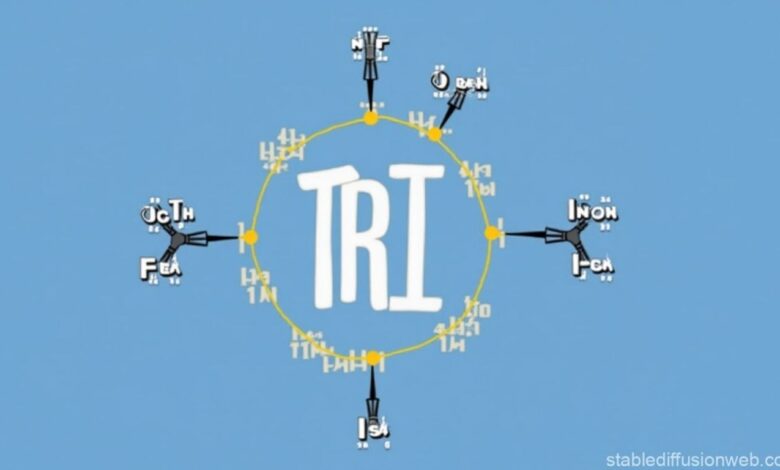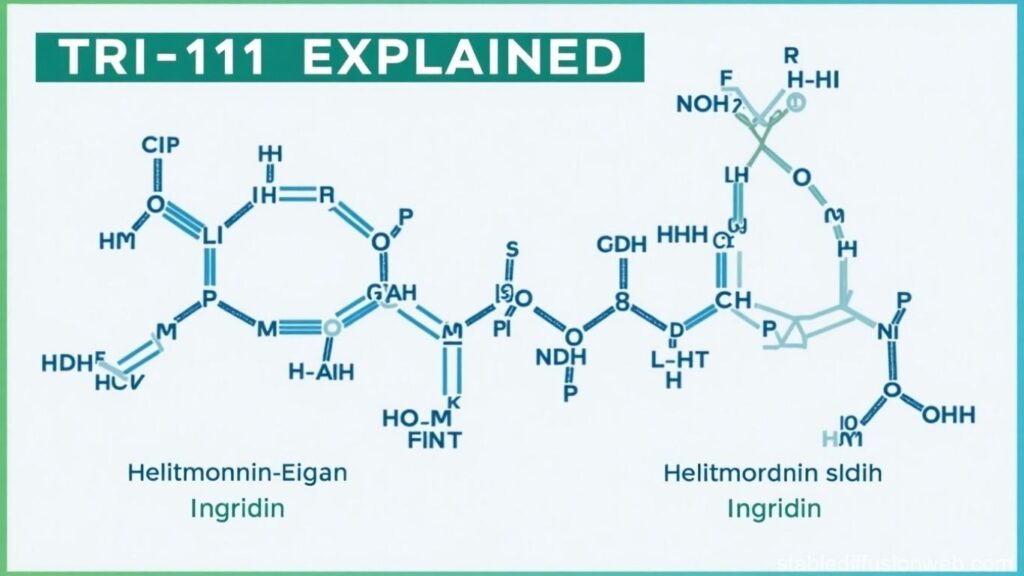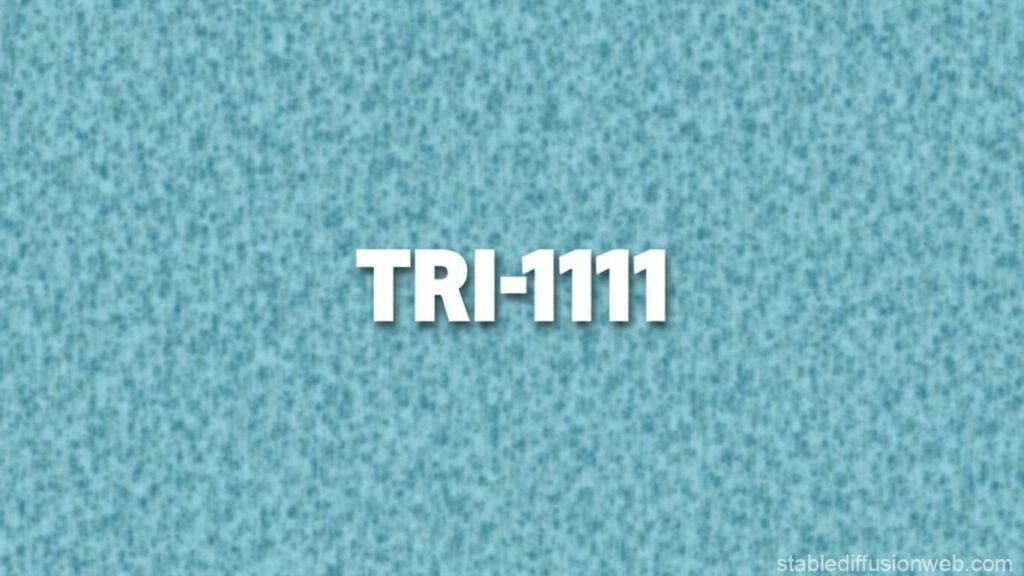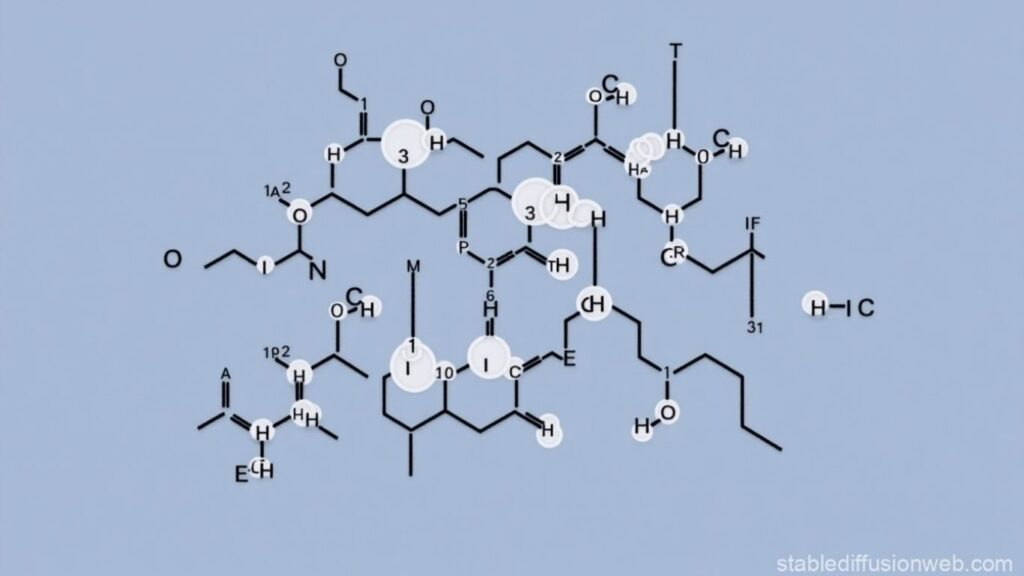TRI 111 Explained: Uses, Benefits, and Safety of 1,1,1-Trichloroethane and Related Compounds

In the world of chemical engineering and industrial solvents, TRI 111, also known as 1,1,1-trichloroethane, has played a significant historical role. Though its usage has declined due to environmental regulations, TRI 111 remains a topic of interest for students, researchers, and professionals alike. This guide covers everything you need to know about TRI 111, including its chemical properties, uses, alternatives, and frequently asked questions about related compounds and industrial solvents.
What Is TRI 111?

Understanding 1,1,1-Trichloroethane
TRI 111 refers to 1,1,1-trichloroethane, a chlorinated hydrocarbon that was once widely used for cleaning and degreasing in industrial applications. It gained prominence for its stability, non-flammability, and effective solvent properties. Unlike many other volatile organic compounds, it had a relatively low acute toxicity profile, making it a preferred choice in many manufacturing settings.
This compound was heavily utilized from the 1950s to the 1980s, when industries began seeking safer and more environmentally friendly alternatives. Despite being phased out, TRI 111 is often discussed in academic and industrial safety training due to its legacy role in solvent technology.
Chemical Identity and Characteristics
- Chemical Formula: C₂H₃Cl₃
- Boiling Point: 74.1°C
- Molecular Weight: 133.4 g/mol
- Appearance: Clear, colorless liquid with a slightly sweet odor
TRI 111 is immiscible with water but can dissolve many organic materials, such as oils, waxes, and greases. It is heavier than water and exhibits a high vapor pressure, contributing to its rapid evaporation in open-air conditions. Its stability made it ideal for long-term storage and repeat usage in closed-loop systems.
What Is 1,1,1-Trichloroethane Used For?
Historically, TRI 111 was used in:
- Metal degreasing operations in automotive and manufacturing industries
- Aerosol formulations for cleaning electronic components
- Production of adhesives and lubricants
- Dry cleaning processes (limited use)
In manufacturing, TRI 111 played a crucial role in ensuring equipment cleanliness and reliability. Its ability to clean intricate machine parts without leaving residues made it ideal for aerospace, defense, and automotive sectors. Additionally, it was used in precision cleaning of optics and instrumentation.
In the electronics industry, TRI 111’s non-conductive nature made it suitable for removing contaminants from circuit boards without causing damage. It was commonly found in aerosol cans sold for both industrial and consumer use.
Why Was 1,1,1-Trichloroethane Discontinued?

TRI 111 was discontinued primarily due to environmental and health risks. As a volatile organic compound (VOC), it contributes to ozone layer depletion, which became a major global concern in the 1980s and 1990s. It was listed under Class I ozone-depleting substances and banned under the Montreal Protocol, which sought to phase out chemicals harmful to the ozone.
Beyond environmental damage, TRI 111 posed long-term human health hazards. Prolonged exposure was associated with central nervous system effects, memory loss, liver damage, and other chronic conditions. Inhalation of high concentrations in poorly ventilated spaces led to numerous workplace safety incidents.
These issues prompted governments, including the U.S. EPA, to regulate and ultimately eliminate its commercial use. Today, TRI 111 remains a reference chemical in regulatory documents and environmental assessments.
Is Trichloroethane Harmful?
While TRI 111 was once considered relatively safe compared to its contemporaries, modern toxicology has revealed several health hazards:
- Inhalation: Acute exposure may cause symptoms such as headaches, lightheadedness, and confusion. In high doses, it can lead to unconsciousness and even cardiac arrhythmias.
- Skin Contact: TRI 111 can defeat the skin, leading to dryness, irritation, and in some cases, chemical burns.
- Chronic Exposure: Extended exposure has been linked to liver damage, neurotoxicity, and reproductive health issues in lab studies.
For these reasons, facilities that previously used TRI 111 had to implement strict occupational safety controls, including ventilation systems, chemical fume hoods, and protective clothing. Even today, hazardous waste containing TRI 111 must be handled under strict regulatory protocols.
Alternatives to TRI 111

Since the ban on TRI 111, several alternatives have been developed:
- Aqueous Cleaners: These use water as a base, combined with surfactants, detergents, and sometimes heat or agitation to remove contaminants. Ideal for many industrial cleaning applications.
- Hydrofluoroethers (HFEs): Non-ozone-depleting solvents known for their low toxicity and high cleaning power. Used in medical device cleaning and electronics manufacturing.
- Trichloroethylene (TCE): Still used in niche applications, though also under regulatory scrutiny for its own health impacts.
- Bio-Based Solvents: Derived from renewable sources such as soy, citrus, and corn. These are environmentally friendly and effective for light- to moderate-duty cleaning.
Each alternative comes with its trade-offs. For instance, aqueous cleaners may require more energy (heating), while HFEs can be expensive. Choosing the right substitute depends on the application’s technical needs, cost considerations, and environmental priorities.
In some legacy systems or specialized research, TRI 111 may still be referenced or handled under strict containment protocols to maintain historical accuracy or compare chemical performance over time.
Related Chemicals and Their Applications
To better understand TRI 111 and its industrial context, it’s essential to look at related chemicals that serve similar purposes.
What Is Diethylene Triamine Used For?
Diethylene triamine is used in epoxy resin curing, fabric softeners, and as a chelating agent in water treatment processes.
What Is Trichloroethylene Used For?
Trichloroethylene is employed as a degreasing agent and chemical intermediate, though it is strictly regulated due to carcinogenic concerns.
What Is Methyl Chloroform Used For?
Methyl chloroform is another name for TRI 111. Its historical uses mirror those of trichloroethane in solvent-based cleaning and manufacturing.
What Is Thiamine Used For?
Triamines are organic compounds with three amino groups, widely used in chemical synthesis, including polymers and pharmaceutical intermediates.
What Is Diethylene Fuel Used For?
Diethylene glycol is sometimes used as a component in fuel additives, coolants, and antifreeze solutions.
What Is the Main Use of Chloroform?
Chloroform has applications in organic synthesis, anesthesia (historical), and as a solvent in laboratories. Due to its health risks, it’s heavily controlled.
What Is the Colour of 1,1,1-Trichloroethane?
TRI 111 is a colorless liquid, often described as clear with a faint sweet smell.
What Is CCl₄ Used For?
Carbon tetrachloride (CCl₄) was once used in fire extinguishers, cleaning agents, and refrigerants, but is now banned in many countries due to its toxicity.
What Is Trilene?
Trilene is a trade name for trichloroethylene, used as an inhalation anesthetic and industrial solvent.
Why Was Tetrachloroethylene Banned?
Tetrachloroethylene, also known as perchloroethylene, is restricted due to its potential to cause cancer and groundwater contamination.
What Is the Use of Trichlorobenzene?
Trichlorobenzene is used in herbicide formulations, dielectric fluids, and as a solvent in chemical manufacturing.
What Is Triiodomethane Used For?
Also known as iodoform, triiodomethane is used in antiseptics and as a reagent in organic chemistry.
What Is Hg(NO₃)₂ Used For?
Mercuric nitrate is used in laboratory reactions, wood preservation, and explosives manufacturing, although highly toxic.
What Is Tertiary Nitrogen?
Tertiary nitrogen refers to a nitrogen atom bonded to three organic groups, commonly found in amines and alkaloids.
What Is the Function of 1,1,1-Trichloroethane?
The primary function of TRI 111 is as a solvent for degreasing and cleaning, especially in industrial and aerospace applications.
Why Was 1,1,1-Trichloroethane Discontinued?
Its discontinuation was due to ozone-depleting effects and toxicological risks, as outlined by the Montreal Protocol.
What Are the Three Main Uses of Benzene?
- Plastic manufacturing
- Resin production
- Synthetic fiber (nylon) processing
Benzene is a crucial building block in the petrochemical industry.
What Is the Role of Chloro?
In chemistry, a chloro group acts as a substituent, often altering the reactivity, solubility, or polarity of organic molecules.
What Is the Use of the TRI Reagent?
TRI reagent is widely used in biological research for the isolation of RNA, DNA, and proteins from tissue or cell samples.
Conclusion
TRI 111, or 1,1,1-trichloroethane, once played a vital role in industrial cleaning and manufacturing. Despite being phased out due to environmental concerns, its relevance remains in scientific, educational, and regulatory contexts. As we continue to transition to safer and more sustainable alternatives, understanding TRI 111 helps professionals and students appreciate the evolution of chemical safety and application. With a wide range of related compounds still in use today, TRI 111 serves as a reference point in both historical and modern chemistry discussions.
SEE MORE INFORMATION Buzznewsdaily




